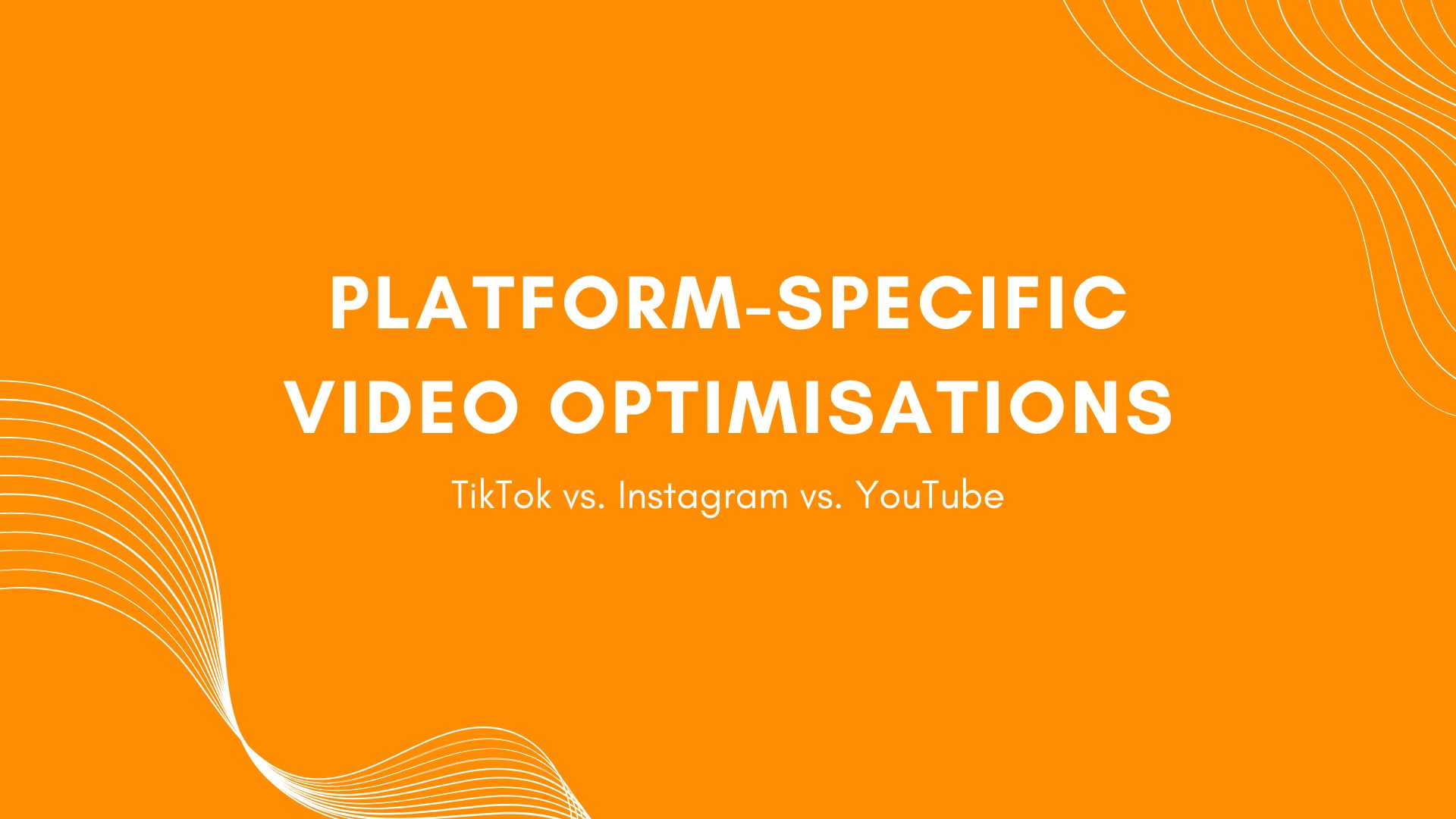
Video content dominates the digital landscape, and platforms like TikTok, Instagram, and YouTube have emerged as the primary battlegrounds for creators and marketers. Each platform has its unique audience, style, and algorithmic preferences, which means a one-size-fits-all approach to video optimisation doesn’t work. Understanding how to optimise videos for these platforms is crucial to maximise reach, engagement, and impact.
In this blog, we’ll delve into platform-specific strategies to optimise videos for TikTok, Instagram, and YouTube. Whether you’re a content creator, a small business, or a seasoned marketer, mastering these techniques will help you stand out in a crowded digital world.
Why Video Optimisation Matters
Video optimisation ensures your content reaches the right audience in the best possible way. It involves tailoring videos to align with platform algorithms, audience behaviours, and technical specifications. This process improves visibility, boosts engagement, and enhances conversion rates.
Key benefits of video optimisation:
- Higher Engagement: Well-optimised videos keep viewers watching longer.
- Better Algorithm Performance: Platforms prioritise content that aligns with their technical and user preferences.
- Increased Reach: Optimised videos are more likely to appear in feeds, searches, and recommendations.
- Brand Credibility: High-quality, tailored videos reflect professionalism and build trust with your audience.
TikTok Video Optimisation
Audience and Content Style
TikTok is known for its youthful audience and short, engaging videos. The platform thrives on trends, creativity, and relatability.
- Audience Demographic: Primarily Gen Z and millennials.
- Content Type: Entertaining, informative, or trend-driven short-form videos.
- Tone: Casual and authentic.
Key Optimisation Strategies
- Video Length
- Keep videos between 15-60 seconds.
- Shorter videos with high engagement are more likely to be featured on the “For You” page.
- Vertical Format
- Always shoot videos in a 9:16 aspect ratio.
- Full-screen vertical videos maximise visibility.
- Sound and Music
- Leverage TikTok’s vast music library and trending sounds.
- Original audio also performs well if it’s engaging or unique.
- Hook in the First Few Seconds
- The first 2-3 seconds are critical.
- Use intriguing visuals or captions to grab attention immediately.
- Captions and Text Overlays
- Add captions to enhance accessibility.
- Use text overlays to emphasise key points or align with trends.
- Hashtags and Trends
- Use relevant hashtags, especially trending ones, to increase discoverability.
- Participate in challenges and trending topics to boost visibility.
- Post Timing
- Post when your audience is most active. Use TikTok analytics to identify peak times.
Instagram Video Optimisation
Audience and Content Style
Instagram caters to a broader demographic and offers a mix of short and long-form video options through Stories, Reels, and IGTV. Visual aesthetics and storytelling are critical for success on this platform.
- Audience Demographic: Millennials and Gen Z, with significant diversity.
- Content Type: Polished, aesthetic visuals or behind-the-scenes moments.
- Tone: Authentic yet visually appealing.
Key Optimisation Strategies
- Video Formats
- Reels: Short-form, engaging videos up to 60 seconds, ideal for discovery.
- Stories: Casual, ephemeral videos up to 15 seconds, great for direct engagement.
- IGTV/Posts: Longer, more in-depth content.
- Aspect Ratio
- For Reels and Stories: 9:16 vertical format.
- For feed posts: 4:5 portrait format is preferred.
- High-Quality Visuals
- Instagram is visually driven. Use high-resolution images and videos.
- Edit content to ensure it aligns with your brand aesthetic.
- Use Text and Captions
- Include captions for videos to enhance accessibility.
- Add stickers, polls, or text overlays in Stories for interactive engagement.
- Leverage Instagram Features
- Use trending audio tracks in Reels.
- Tag locations and accounts to improve discoverability.
- Hashtags and Keywords
- Add up to 30 relevant hashtags in captions or comments.
- Include keywords in video descriptions to appear in searches.
- Post Consistently
- Maintain a regular posting schedule to keep your audience engaged.
YouTube Video Optimisation
Audience and Content Style
YouTube is the go-to platform for long-form videos, educational content, and in-depth storytelling. Its audience spans all age groups, making it ideal for reaching a diverse viewership.
- Audience Demographic: Diverse, from Gen Z to older generations.
- Content Type: Tutorials, vlogs, reviews, and educational videos.
- Tone: Professional or personal, depending on your niche.
Key Optimisation Strategies
Video Length
- Longer videos (8-15 minutes) tend to perform better for in-depth topics.
- Shorter videos work well for quick tips or highlights.
Resolution and Format
- Use 16:9 aspect ratio for widescreen videos.
- Shoot in at least 1080p for a professional look.
Compelling Titles
- Create clickable, keyword-rich titles that summarise the video content.
- Keep titles under 60 characters for better visibility.
Thumbnail Design
- Use custom thumbnails with eye-catching visuals and readable text.
- Bright colours and contrasting elements perform well.
Optimise Descriptions
- Write detailed descriptions with relevant keywords.
- Include links to resources, social media, and other videos.
Tags and Keywords
- Use relevant tags to help YouTube categorise your video.
- Include primary and secondary keywords in your tags, title, and description.
Call-to-Actions (CTAs)
- Encourage viewers to like, share, and subscribe.
- Include clickable end screens or cards to direct traffic to other videos.
Engagement Metrics
- Respond to comments to build community.
- Use pinned comments to highlight key information.
Comparing TikTok, Instagram, and YouTube
| Feature | TikTok | YouTube | |
| Primary Video Length | 15-60 seconds | 15 seconds to 1 hour | 2-60 minutes |
| Best Format | Vertical (9:16) | Vertical/Portrait (9:16) | Horizontal (16:9) |
| Main Audience | Gen Z and Millennials | Millennials and Gen Z | Diverse |
| Content Type | Entertaining, Trendy | Aesthetic, Story-driven | Informative, In-depth |
| Engagement Tools | Duets, Challenges | Polls, Stickers, Hashtags | Comments, Cards, End Screens |
| Algorithm Focus | Engagement and Trends | Aesthetics and Activity | Watch Time and Keywords |
General Tips for Video Optimisation
- Know Your Audience– Tailor content to the preferences of the platform’s typical users.
- Invest in Quality Equipment– Use good lighting, a high-resolution camera, and proper editing tools.
- Consistency is Key– Post regularly to maintain and grow your audience.
- Cross-Promotion-Share your TikTok videos on Instagram Reels or promote YouTube content on Stories.
- Monitor Analytics– Use platform analytics to track performance and refine strategies.
Conclusion
To truly stand out on TikTok, Instagram, and YouTube, it’s essential to understand their unique ecosystems and adapt your video content accordingly. By implementing the tips shared above, you’ll not only optimise videos for each platform but also create compelling content that resonates with your audience.
Optimising videos might seem like a daunting task, but with consistent effort and a strategic approach, you can unlock new levels of engagement and success across all platforms. Start implementing these strategies today to elevate your video game!
FAQs
1. How do I know which platform is best for my videos?
Identify your target audience and choose the platform they are most active on. TikTok is great for younger audiences, Instagram for visual storytelling, and YouTube for long-form content.
2. Can I repurpose the same video for multiple platforms?
Yes, but tailor the format, length, and style to fit each platform’s requirements.
3. How often should I post videos?
Consistency matters more than frequency. Post as often as you can maintain quality content.
Use these tips to create and optimise videos that captivate your audience on TikTok, Instagram, and YouTube. Let the engagement begin!











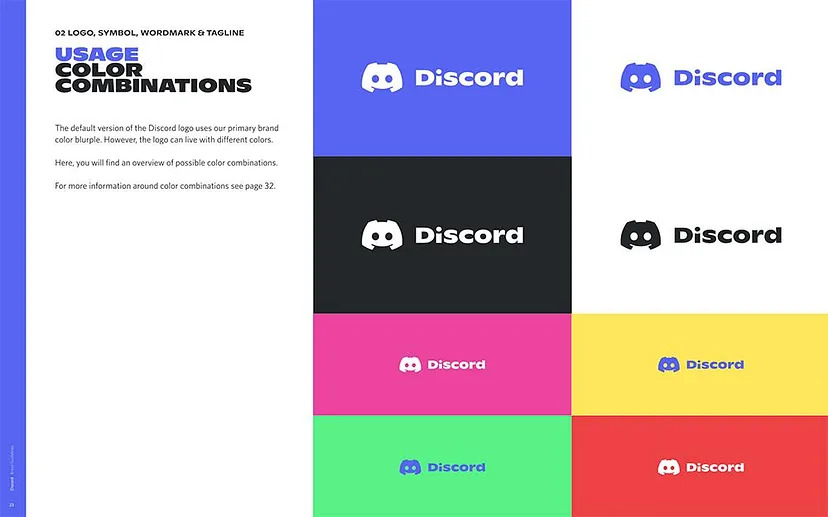












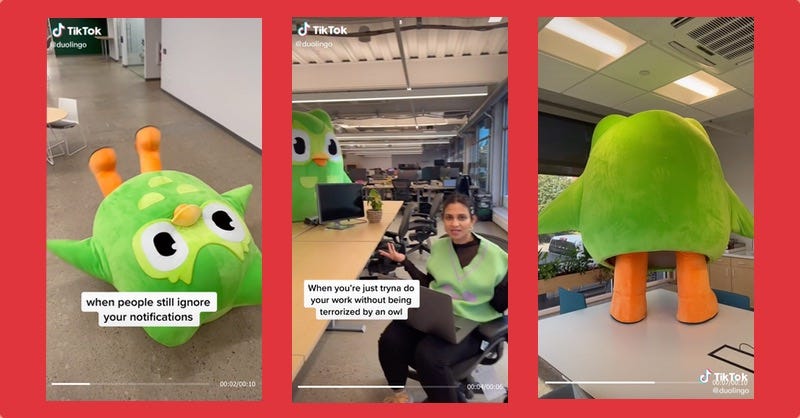

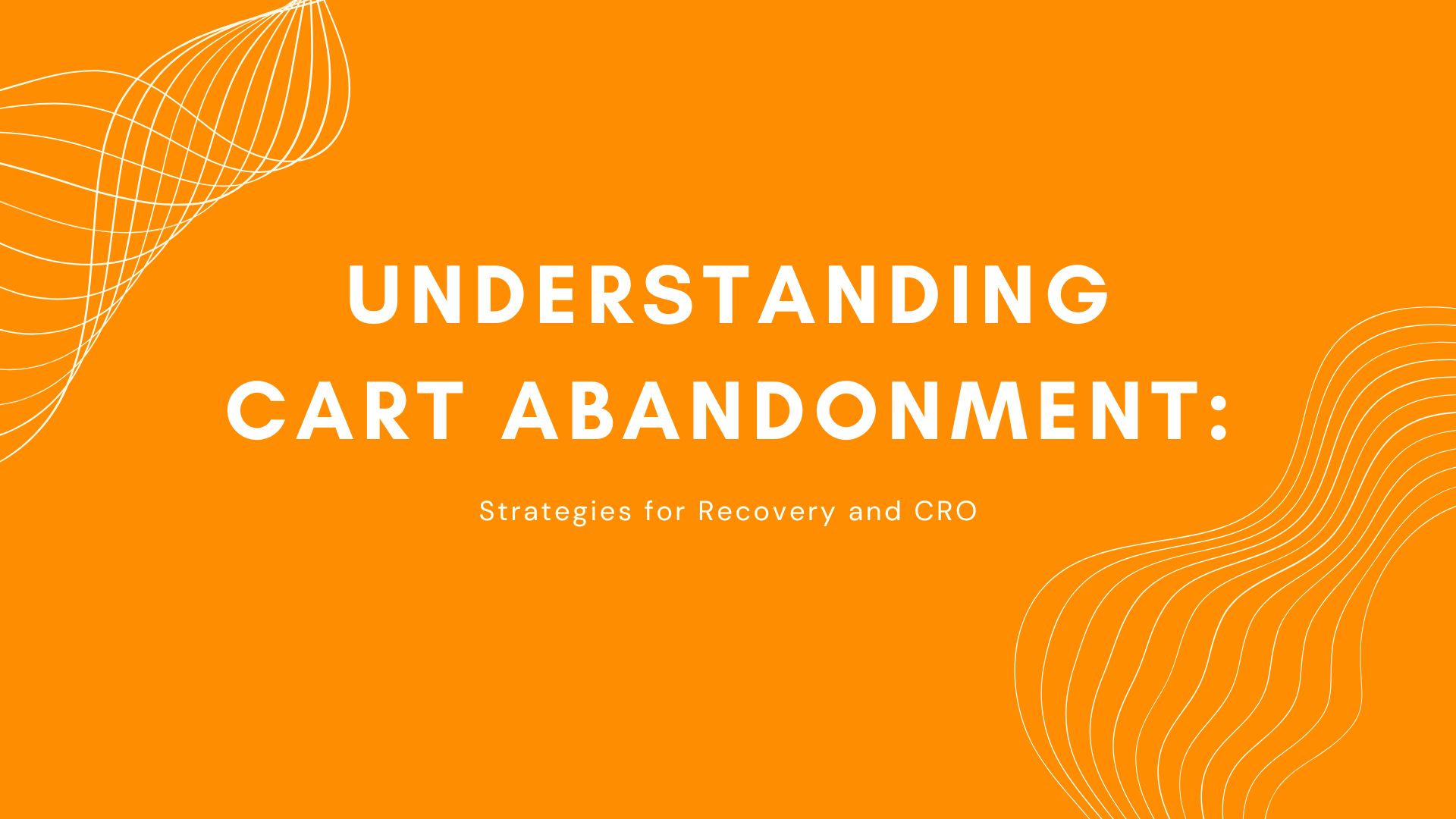







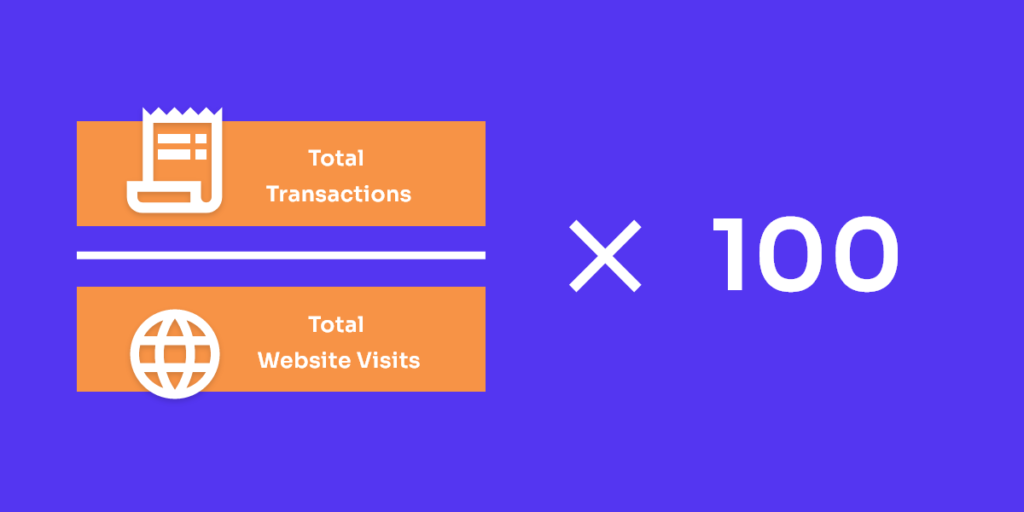



Recent Comments